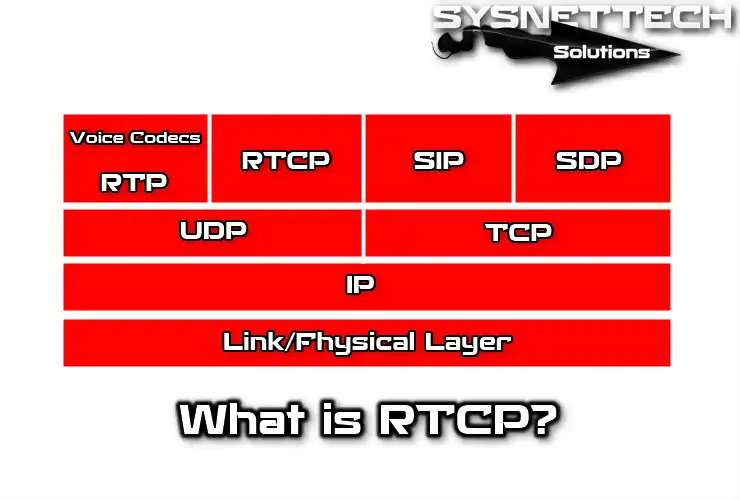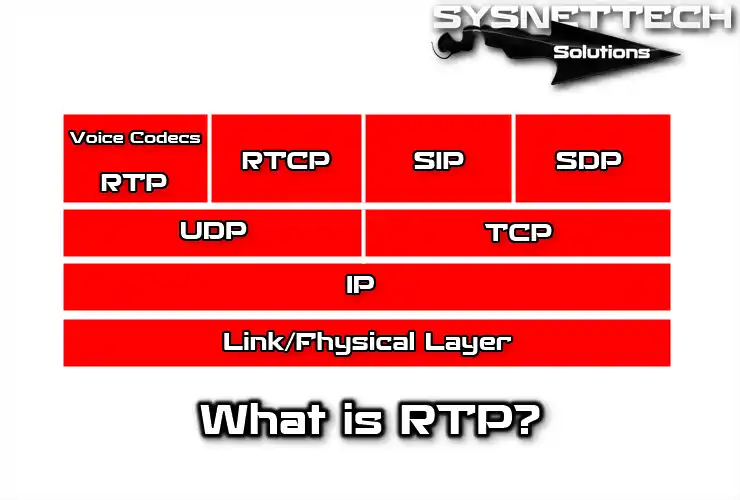SNMP (Simple Network Management Protocol) is an essential tool for network administrators. It also works at the application layer of the OSI model. This protocol manages many devices, from routers and switches to servers and printers.
In this comprehensive guide, I will give you the definition of the SNMP protocol, its features, and how it works. In addition, I will touch on its components, versions, and software options.
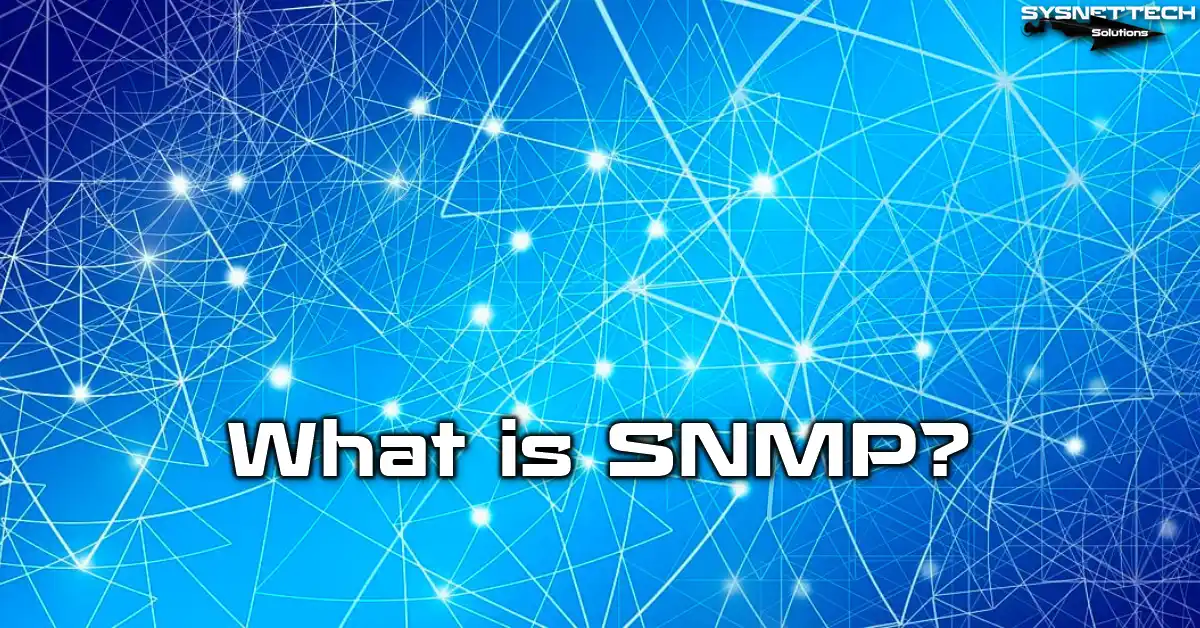
What is SNMP Protocol in Networking?
SNMP (Simple Network Management Protocol) allows network administrators to manage network devices. It also helps diagnose network problems. In addition, it works at the application layer of the OSI layer.
This protocol allows the management and monitoring of network devices. With this protocol, you can easily manage devices such as routers, switches, hubs, bridges, and servers. In addition, you can also control devices with network cards, such as printers, modems, and UPSs.
The IETF has officially announced this protocol. Although it is difficult to manage all devices in large networks, accessing the devices remotely makes your management more effortless. For instance, you can monitor the CPU usage of a router in your network.
In addition, this protocol uses UDP port 161 for general messages. Plus, it uses UDP port 162 for trap messages.
SNMP Protocol History and Development
When we look at its history, we can say that it first became part of the Internet Engineering Task Force (IETF) standards in 1988. Obviously, they defined the first version, SNMPv1, in 1989 through RFC 1157.
Later, since SNMPv1 had limitations, they published the SNMPv2 version in 1993. After this version, they introduced SNMPv3, which includes more security and has remote configuration features, in 1998.
SNMPv3 focuses on security vulnerabilities as in previous versions. For this reason, it is more suitable and flexible in today’s modern LAN structures.
Its importance in modern networks is basically simplicity, efficiency, and being a standard for various devices. Thus, we prefer to use this protocol to monitor network performance.
However, despite its widespread adoption, this protocol still has a critical gap in terms of security. It has some difficulties in terms of adaptability to advanced network architectures.
In other words, alternative technologies such as NETCONF and RESTful APIs have emerged. Therefore, they are a potential competitor to SNMP in the IT field.
What Does SNMP Do?
You can easily monitor and control the entire LAN via SNMP protocol. Moreover, you can analyze the bandwidth usage of the Internet connection. In addition, you can control the CPU temperature of the computer and the heavy traffic on the network.
As a result, you can increase the performance of your monitored and managed network with this SNMP. For example, you can test the available bandwidth by monitoring your web server. This process is incredibly intense during attacks on web servers.
You can manage your network device with each IP address using the SNMP protocol. In addition, you can monitor and use various components while performing so many tasks.
Simple Network Management Protocol Components
- Management Station
Management station refers to the computer you use to monitor and control your network. This means that the SNMP service is running on this PC.
- Management Agent
The agent software is embedded in the device you manage. Moreover, it allows you to communicate with the management station using SNMP.
- MIB – Management Information Base
The MIB is a database that contains all the information you collect with the agent software. Your device, called the management station, accesses this database to obtain the necessary information. It can then read or modify the information stored in it.
- Network Management Protocol
The management protocol facilitates communication between your management station and its agent, allowing you to exchange management data and commands.
Versions
- SNMPv1: This is the first version, which they defined in RFC 1157.
- SNMPv2: They developed improvements in error handling and efficiency in Version 2. And they described it in detail in RFC 1901.
- SNMPv3: In this version, they have focused more on security and privacy. On the other hand, they defined the SNMPv3 version in RFC 3410.
How Does SNMP Work?
The network management system has two components: supervisor and agents. The supervisor is the terminal that allows the network administrator to make management requests.
Agents are entities at each interface level. These agents connect the devices you manage to the network and collect information. Switches, hubs, LAN routers, and servers are examples of these devices.
This contains the hardware information and configuration parameters of the devices you manage. It is also concerned with its performance statistics and behavior. It classifies this information in a database called MIB (Management Information Database).
SNMP establishes a dialogue between the supervisor and the agents. This dialogue collects the objects in the MIB. Then, the management station sends a request to collect information from the network devices.
Agents receive this request and evaluate it. As a result, it completes the information collection process and forwards it to the management station. Then, it uses the Trap method during information collection.
The Trap generates an alarm when a particular rule is met. In other words, management agents become more effective with Trap. For example, you can control the access status of an interface. In this case, you can create a relevant Trap.
Of course, you should configure the Trap according to specific rules. For example, when the interface exceeds the specified rule, it sends a report to the management station. Plus, it is possible to create a Trap with 3rd party software. Therefore, this reduces the demand for collecting information and minimizes network usage.
Sample SNMP Software
We mentioned above that SNMP works at the application layer. The software that uses this protocol is as follows;
- HP OpenView
HP OpenView software is the most widely used management and monitoring software.
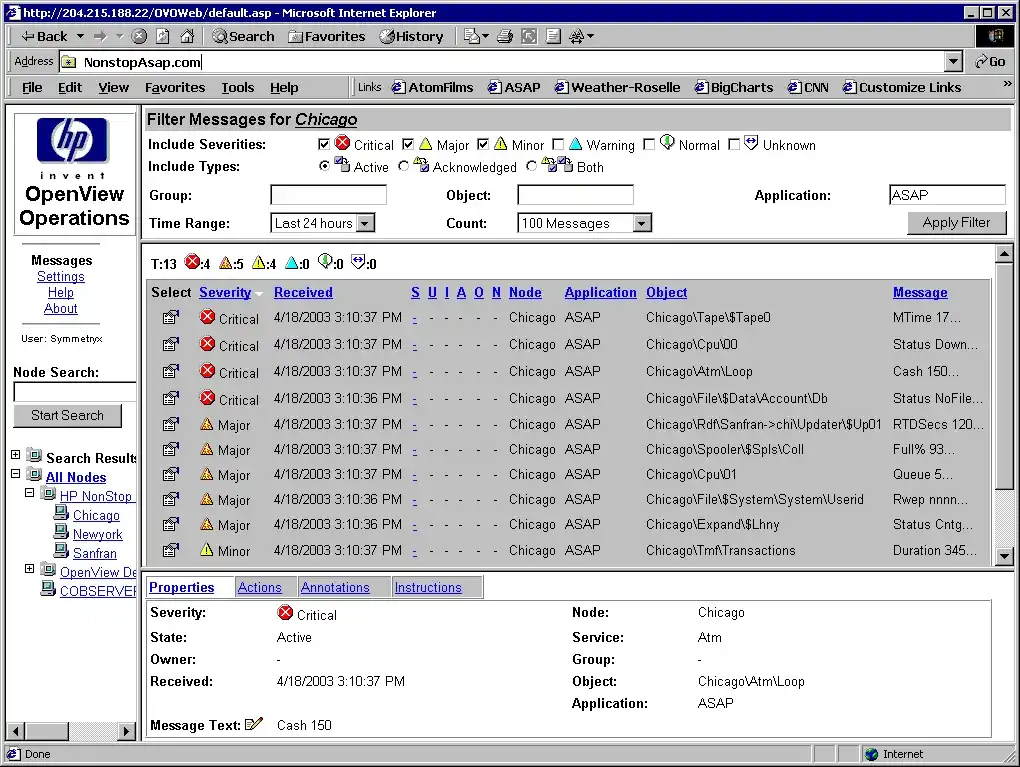
- CiscoWorks
CiscoWorks software, which Cisco developed, is also used by many administrators. It would be more logical to use it with Cisco brand devices.

- SolarWinds
SolarWinds software is very successful in this regard. However, its only disadvantage is that it is paid.
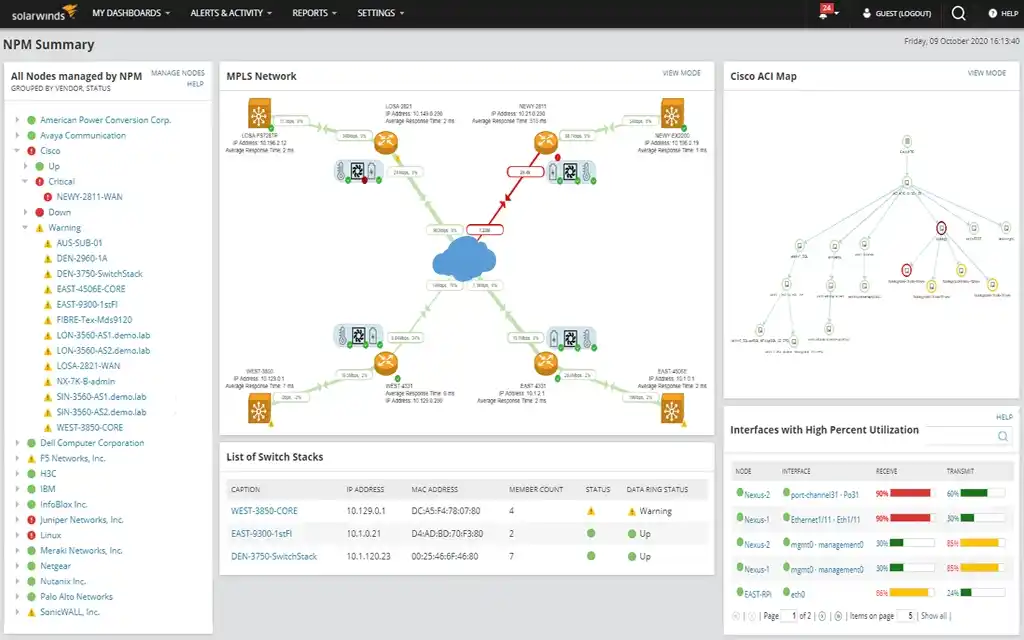
- PowerSNMP Free Manager
PowerSNMP software is free and valuable. PowerSNMP Free Manager is very easy to use. You can create traps and send reports to your email address.
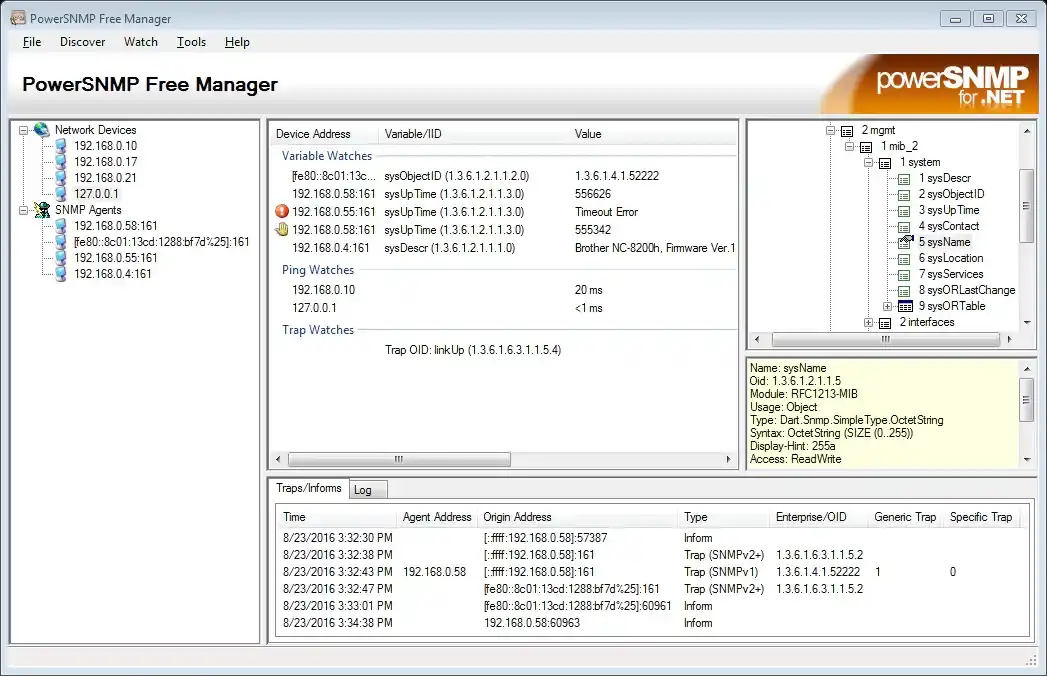
Frequently Asked Questions (FAQ) About SNMP Protocol
- What does SNMP mean?
- How do I turn on SNMP?
- What is the SNMP port?
- Where is SNMP used?
Conclusion
If I were to summarize the SNMP protocol, I would say that it is excellent for monitoring our network devices. However, we should prefer to use its secure version.
In addition, we can work with this protocol in detail to make our network infrastructure more secure and efficient. There are also different methods for device management and monitoring. Still, I think that this protocol will be better in the future.

